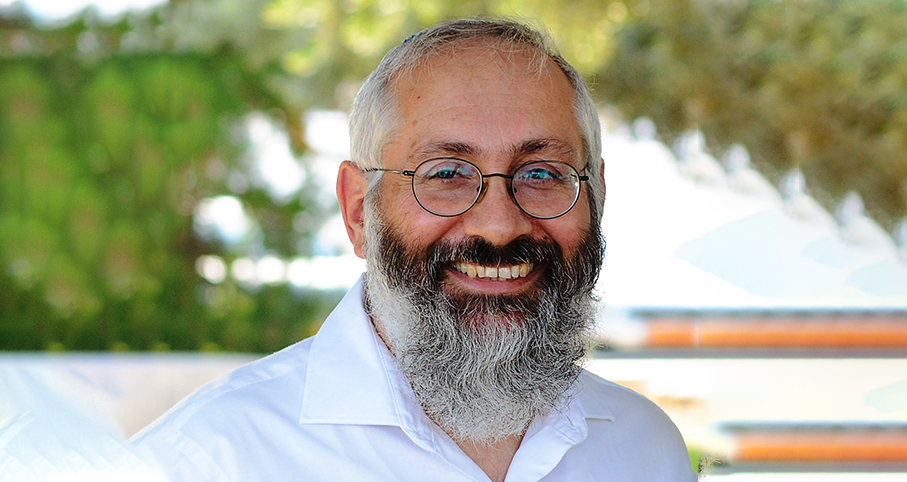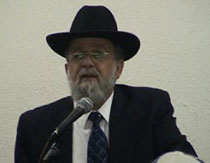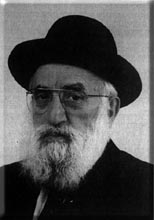Beit Midrash
- Sections
- Chemdat Yamim
- Parashat Hashavua
- Torah Portion and Tanach
- Shmot
- Ki Tisa
The presence of an aron in battle at the time of David Hamelech is mentioned in the implied rebuke that Uriya (Batsheva’s husband) gave to David: "Could it be that the aron and Israel will be encamped in booths and my master Yoav and the servants of the king are encamped in the field … " (Shmuel II, 11:11). The Ri MiTrani asks: "Is it possible that David would send the aron to battle after the great honor with which he brought it to Yerushalayim?" The Abarbanel answers that this aron had neither the complete luchot nor the broken ones, and this is why it was not called the aron of the covenant of Hashem. Rather it was a different aron that had the efod and the urim v’tumim (garments of the kohen), which were used to get divine answers to crucial questions, asked on the people’s behalf by the kohen who accompanied them. According to this approach, they took the aron not for some type of spiritual significance that it had, but because, technically, it contained something that they needed to use.
We want to suggest an alternative to the explanation of why these elements of the kohen’s garments would be brought with the aron to battle. The strength of Israel is in its unity, which causes the Divine Presence to dwell among the people. The divine goodwill it brings overcomes the detrimental impact of various spiritual flaws, including even idol worship, as Chazal (Sifrei, Naso 42) learned from Hoshea (4:17). Peace is so great that even if Israel are worshipping idols but they have peace between them, it is as if one could say that the Satan is unable to harm them.
The urim v’tumim had the names of all the tribes engraved on stones and are a symbol of unity. That is why they are taken out to battle, in a special aron, which lends them added importance. This is a great ensurer of success.
It is based on this idea that the Meshech Chochma explains the disappearance of the use of the urim v’tumim after the time of David. In the time of Shlomo, the seeds of disunity were sown, and soon after his death the nation was split into two kingdoms. Thus, the urim v’tumim could not be used as it would bring to the fore the lack of unity.
In this way, the urim v’tumim were like the keruvim, which would be facing each other on top of the kaporet. While the classical explanation is that this displayed the love between Bnei Yisrael and Hashem, we can explain that when they represented the people looking at each other, the nation was considered as "doing the will of Hashem."
Next week we will continue to develop another element of the aron, and learn why Uriya invoked it when addressing David. In the meantime we pray to merit the unity expressed on Purim: "Go gather all of the Jews." In that way we will be facing our brethren on earth and our Father in Heaven.

Don’t Lower Your Guard
Rabbi Shaul Yisraeli zt"l | Kislev 17 5776

Parashat Hashavua: What’s in the Name of Noach?
Rabbi Yossef Carmel | Cheshvan 5786

The King’s Horse and Chariot
Rabbi Yossef Carmel | 9 Adar I 5784

Parashat Hashavua: “See” and “Be Seen”
Rabbi Yossef Carmel | Cheshvan 5786

Rabbi Yossef Carmel
Head of "Eretz Hemda" Dayanut Kollel

Waiting For What is Half Yours
Parashat Devarim
8 Av 5765

The Nazir’s Sacrifice
Parashat Naso
Sivan 5763

Parashat Hashavua: A Torah of Life – part V – More on Yehoshua
Tammuz 5785






















